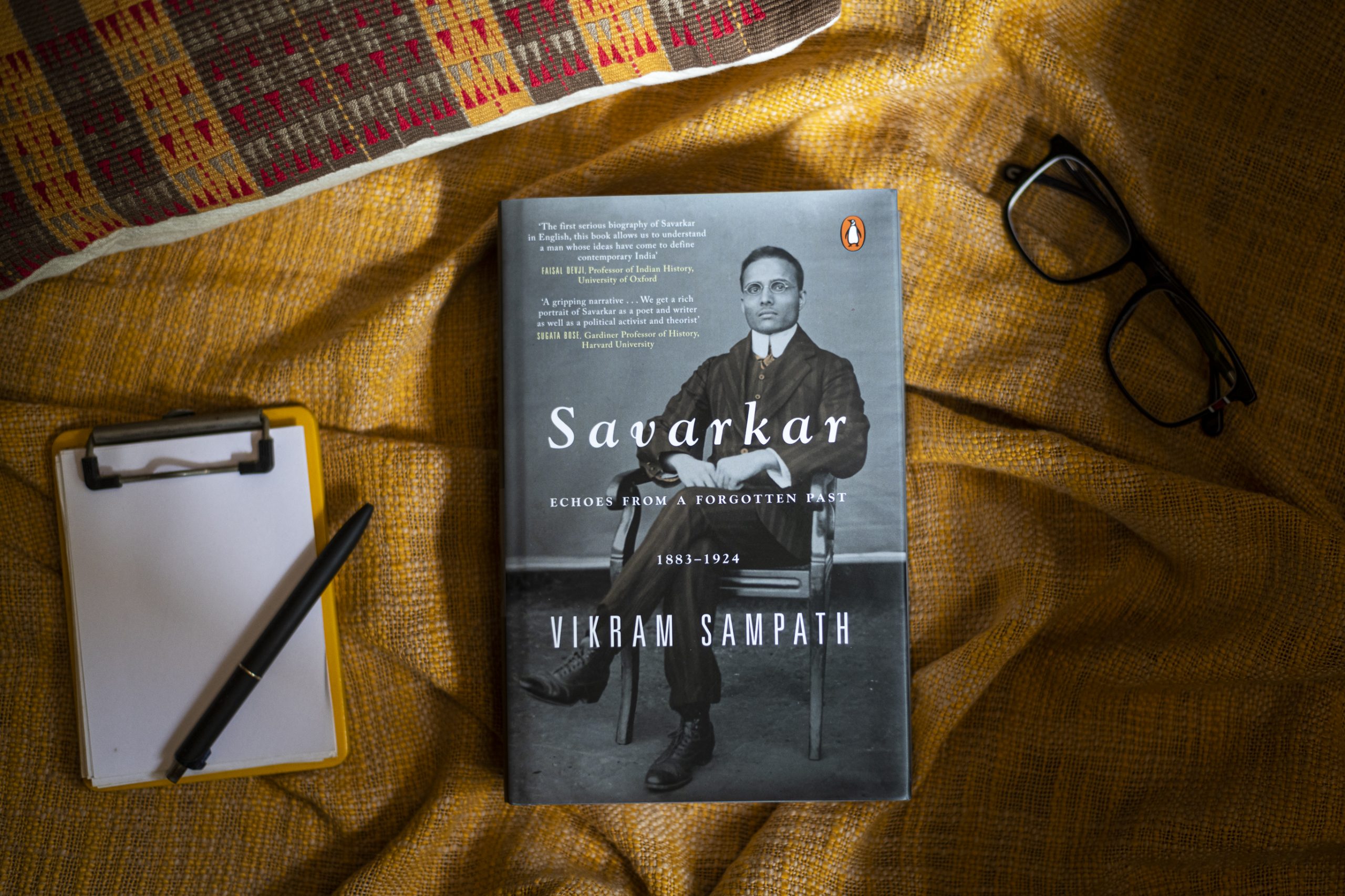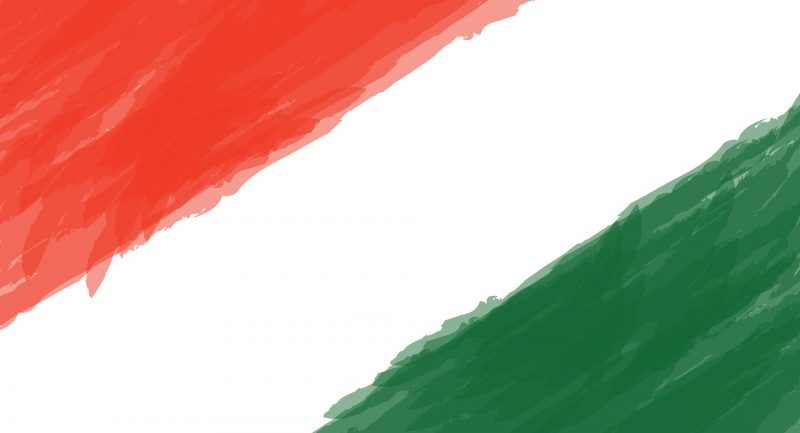
As the intellectual fountainhead of the ideology of Hindutva, Vinayak Damodar Savarkar is undoubtedly one of the most contentious political thinkers and leaders of the twentieth century. Accounts of his eventful and stormy life have oscillated from eulogizing hagiographies to disparaging demonization. The truth, as always, lies somewhere in between and has unfortunately never been brought to light. Savarkar by Vikram Sampath aims to unpack his ideology, that stood as one of the strongest and most virulent opponents of Gandhi, his pacifist philosophy and the Indian National Congress.
Here are some unknown facts about Savarkar’s life from the book!
Savarkar started a dual organization—a front-end entity that organized ‘peaceful’ activities like festivals and melas, which could have a wider societal outreach and become the hunting ground for talented youth with a nationalistic drive and organizational skills. This organisation was called the ‘Mitra Mela’, or Group of Friends, as a front-end organization of the Rashtrabhakta Samuha.
∗
Savarkar was against foreign goods and propagated the idea of Swadeshi. In 1905, he burnt all the foreign goods in a bonfire on Dussehra.
∗
Despite being born in an orthodox and religious Chitpawan Brahmin community, Vinayak despised the caste system right from childhood. This has been illustrated in the kinships he developed with children from various castes and strata of society, and how he dined at their homes.
∗
At a time when most members of his community forbade sea travel for fear of a loss of caste, Vinayak was among the few Brahmins who travelled to London for his education.
∗
Savarkar had no qualms about going non-vegetarian as well, unlike most Brahmins of the time.
∗
Savarkar penned essays on the abhorrent practice of the caste system and untouchability and how these sapped the nation of all vitality.
∗
Savarkar supported cow protection but considered cow worship superstitious.
∗
Savarkar was arrested in 1909 on charges of plotting an armed revolt against the Morle-Minto reforms. He tried to escape by diving in the water but was arrested as he reached the shore. On July 1911, Savarkar was sentenced to two life sentences i.e. 50 years in the cellular jail of Andamans, also called Kala Pani.
Get your copy of Savarkar today!









